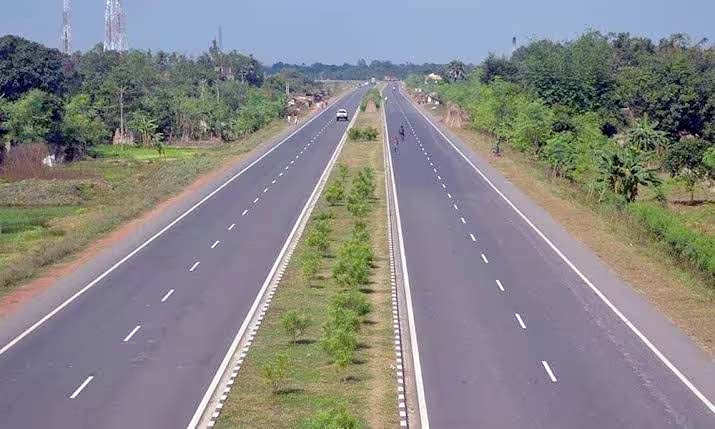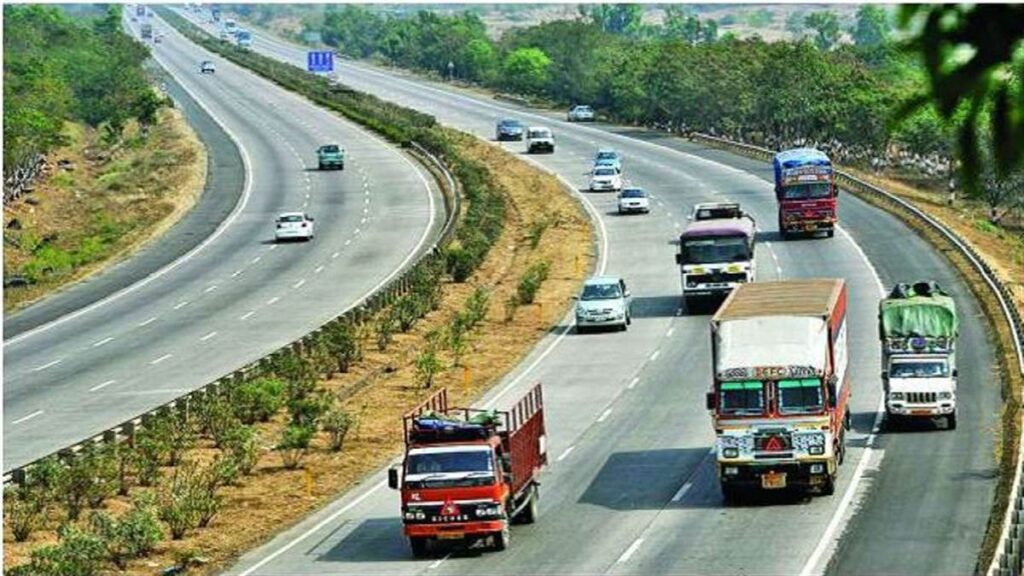Kangra: The Pathankot-Mandi four-lane highway project, a key infrastructure initiative in Himachal Pradesh, has sparked mixed reactions among residents of Shahpur town in Kangra district. While the highway promises improved connectivity and economic development, it has also triggered environmental concerns, business disruptions, and social displacement.
Spanning over 250 km, the four-lane road aims to ease traffic congestion, reduce travel time, and enhance transportation efficiency. Authorities claim the project is vital for national connectivity and holds strategic importance given its proximity to the India-Pakistan border.
However, locals in Shahpur, a significant trade hub in the region, report severe challenges. The construction has led to the cutting of hills, large-scale tree felling, and changes in the region’s topography, raising the risk of landslides. The 2023 monsoon season had already seen severe damage due to landslides, with the Himachal Pradesh State Disaster Management Authority attributing increased slope instability to ongoing construction.
Land acquisition for the project has resulted in the displacement of several families and the demolition of local businesses. Traders in Shahpur report financial losses and reduced customer footfall. Many youth involved in small-scale enterprises now face an uncertain future with limited opportunities in the absence of tourism or industrial hubs in the area.
A local shopkeeper said, “The four-lane highway is a big opportunity, but it has also created many difficulties. My shop was damaged during the acquisition process, and business has dropped significantly.”

Environmentalists have also raised alarms over deforestation and increased surface runoff due to the road’s construction, which they argue disturbs the region’s ecological balance.
Similar concerns are being echoed in other regions impacted by four-lane projects, including stretches from Pinjore to Baddi, Shimla to Mataur, and Mandi to Manali.
Local stakeholders have urged the government to implement a more balanced development model that considers the livelihoods of affected communities and the preservation of the environment.

As the highway nears completion, Shahpur remains at the intersection of progress and adversity, raising critical questions about the cost of infrastructure development in ecologically sensitive and economically vulnerable regions.


